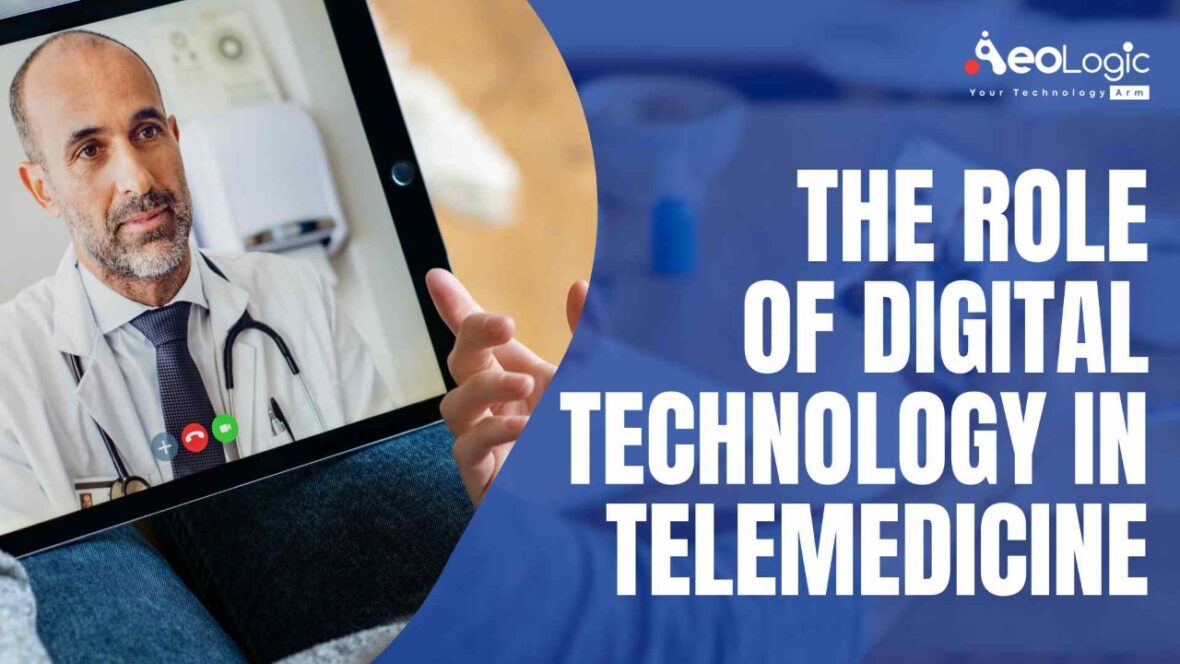The COVID-19 pandemic is increasing the long-expected surge in telemedicine services globally. Consulting a health care professional over the phone, video or text is becoming the new normal for many non-urgent medical needs. The role of digital technology in telemedicine is sparking renewed interest in digital tools that can check. As well as monitoring at-risk patients safely in their homes.
Generally defined as a discussion of medical information using telecommunications. The industry is evolving to encompass technologies that are linking health providers with home-based tools in tracking patient biometrics. Such as digital stethoscopes and otoscopes. Moreover, several conditions can now be monitored remotely. Ranging from chronic diseases to mental health with app-based solutions that are connecting patients to their providers.
Also read: Information Technology Solutions for Healthcare
Is telemedicine right for every health care business?
However, the role of digital technology in telemedicine is not an absolute game changer for everyone. While technology is expanding online diagnoses and delivery, health providers still need to check many patients in person. For example, India’s cohesive health platform 1mg has a much different business model. It is experiencing an increased connection to the pandemic. The company is providing an online pharmacy, at-home sample collection for lab tests, and online doctor consultations.
On-demand online urgent care
As a substitute for lower acuity emergency department (ED) visits, after-hours consultations, and urgent care visits. These care needs are the most general telehealth use cases today among payers. Hence this helps in allowing a consumer to remotely consult on demand with an unknown provider to tackle immediate concerns (such as acute sinusitis). And preventing a trip to the ED or an urgent care center.
Virtual office visits
With a recognized provider for consults that do not require physical exams or concurrent procedures. Such visits can be primary care, behavioral health, and a few specialties care. An omnichannel care platform that completely leverages virtual visits entails a mix of telehealth and in-person care with a consistent set of providers. Therefore, improving patient convenience, access, and continuity of care. This model is also helping clinicians in better managing patients with chronic conditions. With the support of remote patient monitoring, digital coaching, and digital therapeutics, in addition to virtual visits.
The role of digital technology in telemedicine
It is extending the opportunity for patients to conveniently access care outside a provider’s office. Therefore, by combining virtual access to physician consults with near-home locations for testing and immunizations. Such as worksite clinics or retail clinics. Moreover, with a subsequent follow-up online check-in with the primary care physician to consult on follow-on care.
Virtual home health services
These are leveraging virtual visits, remote monitoring, and digital patient-engaging tools in enabling some of these services in delivering remotely. Like a portion of an evaluation, patient, and caregiver education, occupational therapy, and speech therapy. Direct services, like wound care and assistance with daily living routines, would still happen in person. However, virtual home health services are enhancing the patient’s and caregiver’s experience. As well as extending the reach of home health providers, and improving connectivity with the broader care team. For instance, a physical therapist could conduct virtual sessions with elderly patients in their homes to improve their balance, strength, and endurance. Thus, advising them on how to avoid physical hazards to reduce the risk of falls.
Conclusion
The role of digital technology in telemedicine is allowing patients to shift to receiving some infusible and injectable drugs from the clinic to the home. This shift can occur by leveraging remote monitoring. Thus, helping in managing patients and monitoring symptoms, providing self-service tools for patient education (for example, training for self-administration), and offering telehealth oversight of staff.
Also read: Technology Accelerating Healthcare Innovation
Reach out to us at support@aeologic.com to initiate a conversation to be followed by a plan for action!
FAQs
What types of technologies can be applied in telemedicine?
Live video conferencing, remote patient monitoring (RPM), mobile health apps, and “store and forward” electronic transmission are examples of technologies used in telemedicine.
How digital technology is using telemedicine?
Telemedicine is the use of digital information and communication technologies to avail health care services remotely and manage your health care. Technologies include computers and mobile devices, like tablets and smartphones.






